Nathalie Roussel is a French actress of stage, television and film. She is best known for her role in the 1991 films My Father's Glory and My Mother's Castle.
Philippe Agostini was a French cinematographer, director and screenwriter born 11 August 1910 in Paris (France), died 20 October 2001. He was married to Odette Joyeux until the end of her life.

The Musée de la Vie romantique is one of three literary museums in Paris. It is located at the foot of Montmartre hill in the 9th arrondissement of Paris.

Ginette Leclerc was a French film actress. She appeared in nearly 90 films between 1932 and 1978. Her last TV appearance was in 1981. She was born in Ile-de-France, France and died in Paris. She was married to the actor Lucien Gallas. She is possibly best-remembered for her roles in such films as Le Corbeau (1943), The Baker's Wife (1938), Cab Number 13 (1948), and Tropic of Cancer (1970).
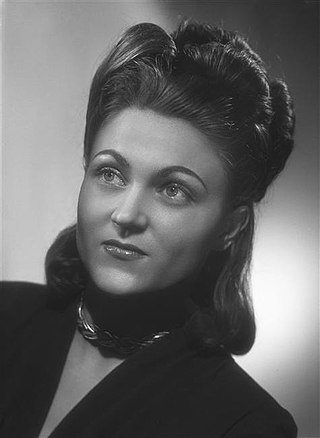
Renée Faure was a French stage and film actress.
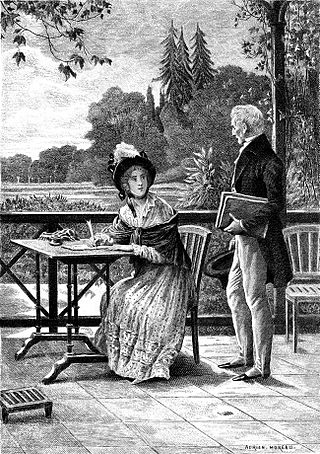
Mémoires de deux jeunes mariées is an epistolary novel by the French writer Honoré de Balzac. It was serialized in the French newspaper La Presse in 1841 and published by Furne in 1842 as the first work in the second volume of Balzac's La Comédie humaine. It was dedicated to the French novelist George Sand. The 1902 English translation of the novel included a preface by Henry James.

Angélique de Saint-Jean Arnauld d'Andilly was a French Jansenist nun. Niece of Angélique Arnauld, daughter of Robert Arnauld d'Andilly, and sister of Antoine Arnauld and Simon Arnauld, Angélique de Saint-Jean Arnauld d'Andilly was from the Jansenist Arnauld family.
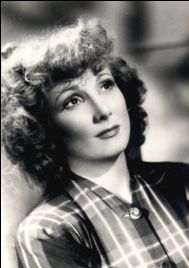
Jany Holt was a Romanian-born actress, who worked principally in the French cinema.

Renée Saint-Cyr was a French actress. She appeared in more than 60 films between 1933 and 1994. She was the mother of Georges Lautner, who also achieved fame in the film business, albeit as a director.
Yvette Etiévant (1922–2003) was a French actress. She starred in Yves Robert's War of the Buttons in 1962.
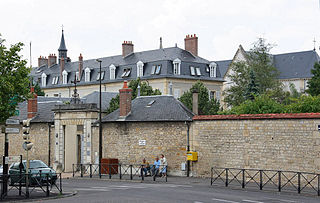
The Sisters of Charity of Nevers, also known as Sisters of Charity and Christian Instruction, is a Catholic convent founded in 1680 in Nevers, Nièvre department, France, at the instigation of Jean-Baptiste Delaveyne. The motherhouse, the former convent at St. Gildard in Nevers, which is now a space for pilgrims to sleep and learn about Bernadette, and is called Espace Bernadette, is built on the ruins of the priory of Saint-Gildard, and was supervised by the bishop of the diocese of Nevers.
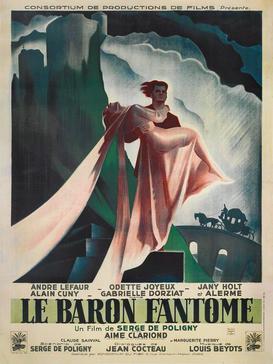
The Phantom Baron is a 1943 French drama film directed by Serge de Poligny and starring Odette Joyeux, Jany Holt, and Alain Cuny. It was made during the German occupation of France, and it was an example of the fantastique genre in film which was among those less likely to face difficulties with the censorship of the time.

Dialogue with the Carmelites is a 1960 French-Italian historical drama film written and directed by Raymond Léopold Bruckberger and Philippe Agostini and starring Jeanne Moreau, Alida Valli, Madeleine Renaud, Pascale Audret, Pierre Brasseur and Jean-Louis Barrault. It is based upon the play by Georges Bernanos, which in turn was adapted from the novel by Gertrud von Le Fort. It's the story of the Martyrs of Compiègne, Carmelite nuns who were guillotined in Paris in 1794 in the waning days of the Reign of Terror during the French Revolution, after refusing to renounce their vocation.
Sœur Thérèse.com is a French televised legal drama that ran on TF1 from September 30, 2002, until May 16, 2011, and was created by Michel Blanc. Since June 20, 2012, the show has been broadcast on NT1 and on TV5Monde. The series was filmed partially in the Saint-Julien-le-Pauvre Church in Paris and the Royal Abbey of St. Vincent in Senlis. The series reached a peak audience of 9.9 million viewers in 2004, but it slowly began to lose viewers until its end in 2011.
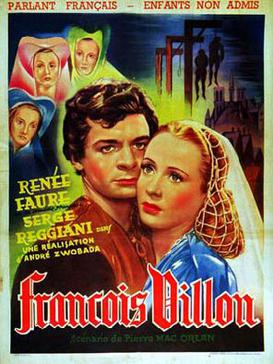
François Villon is a 1945 French historical drama film directed by André Zwoboda and starring Serge Reggiani, Jean-Roger Caussimon and Henri Crémieux. It portrays the life of the fifteenth century writer François Villon. The film was inspired by the play If I Were King by Justin Huntly McCarthy.

Jeanne des Anges, also known as Jeanne de Belcier, was a French Ursuline nun in Loudun, France. She became mother superior of the convent at a young age, but is chiefly remembered as a central figure in the case of the possessed of Loudun in 1632, which led, after witch trials, to the burning at the stake of the priest Urbain Grandier two years later.
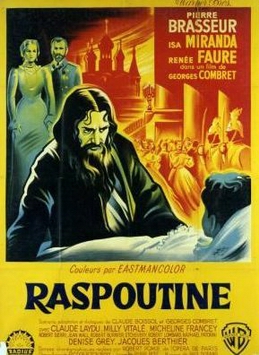
Rasputin is a 1954 French-Italian historical drama film directed by Georges Combret and starring Pierre Brasseur, Isa Miranda and Renée Faure. It portrays the rise and fall of the Russian priest and courtier Grigori Rasputin.
Geneviève Morel (1916–1989) was a French stage and film actress.

Counter Investigation is a 1947 French crime drama film directed by Jean Faurez and starring Lucien Coëdel, Louis Salou and Jany Holt. It was shot at the Studio François 1 in Paris. The film's sets were designed by the art directors Roger Briaucourt and René Moulaert.

Trial at the Vatican is a 1952 French biographical drama film directed by André Haguet and starring France Descaut, Jean Debucourt, Suzanne Flon and Catherine Fonteney. The film is inspired by the life of the saint Thérèse of Lisieux. It was shot at the Billancourt Studios in Paris. The film's sets were designed by the art director Roland Quignon. It is also known by the alternative title The Miracle of Saint Therese.














